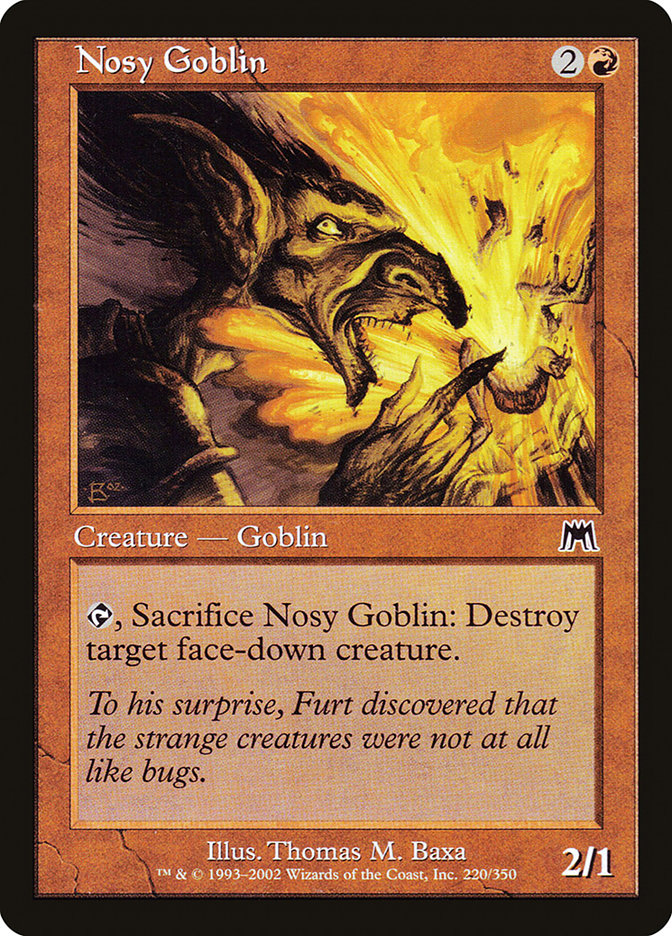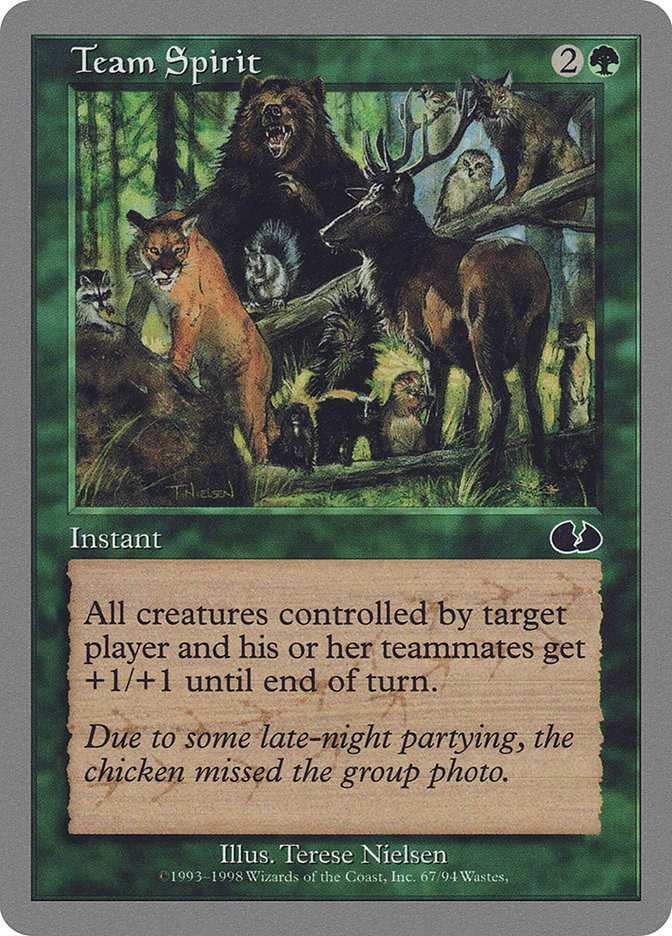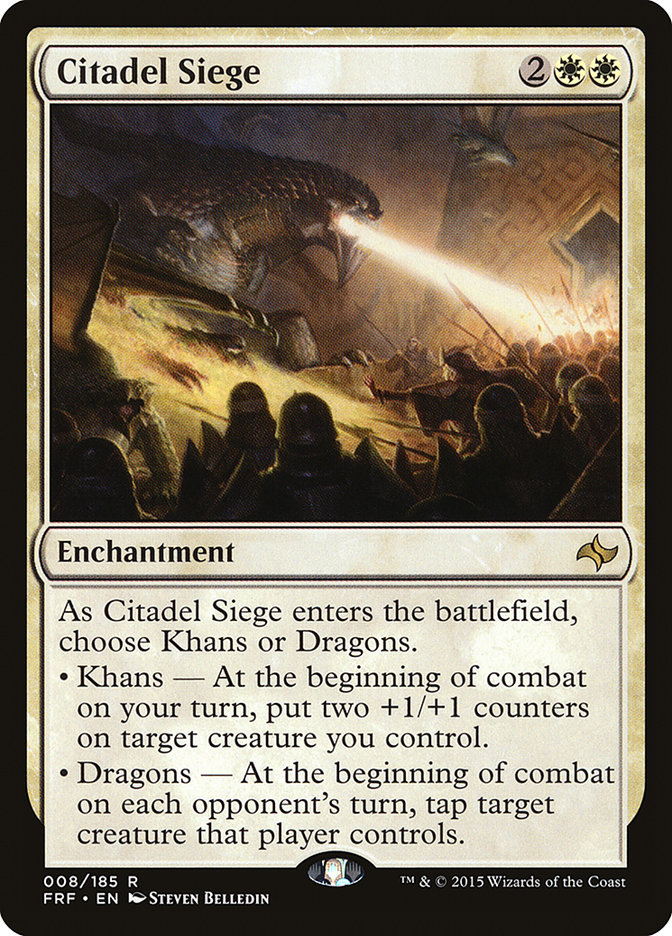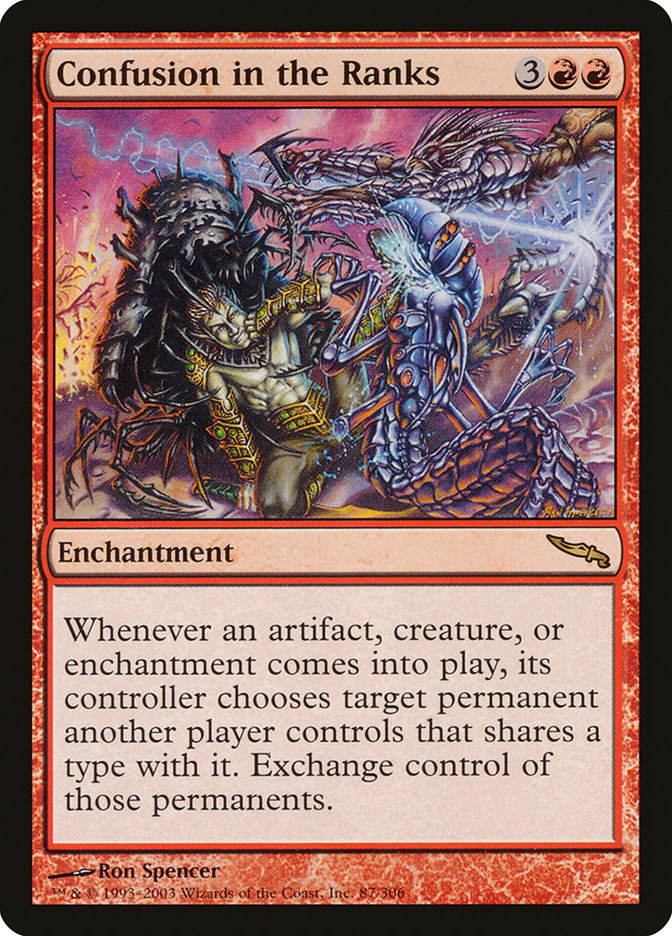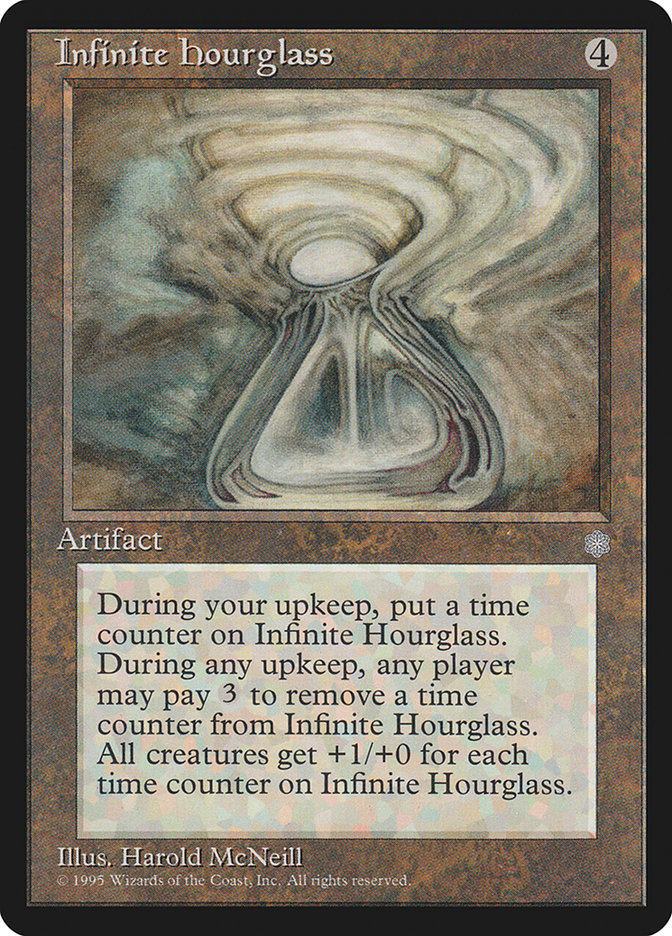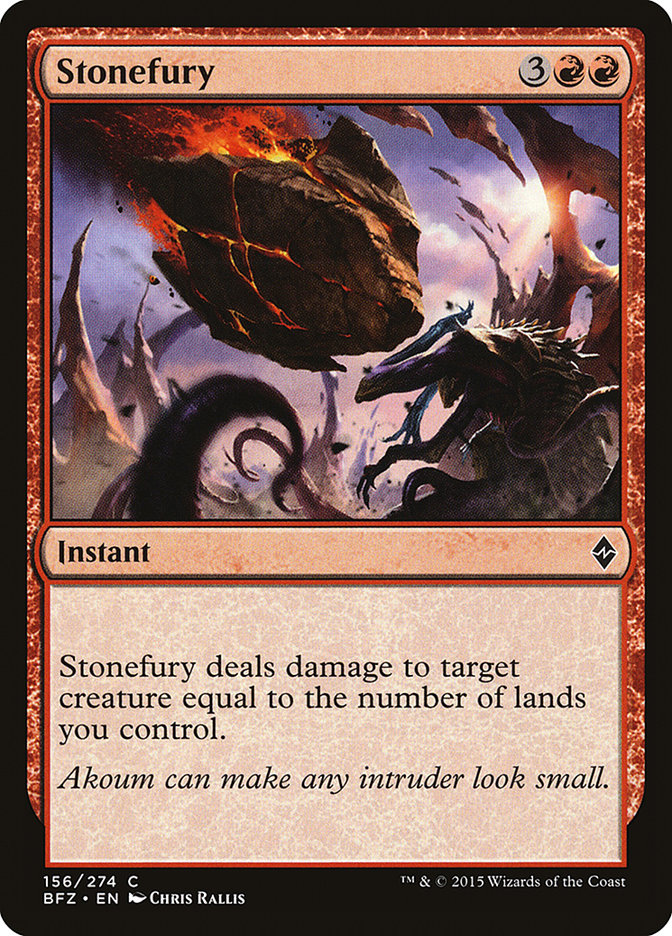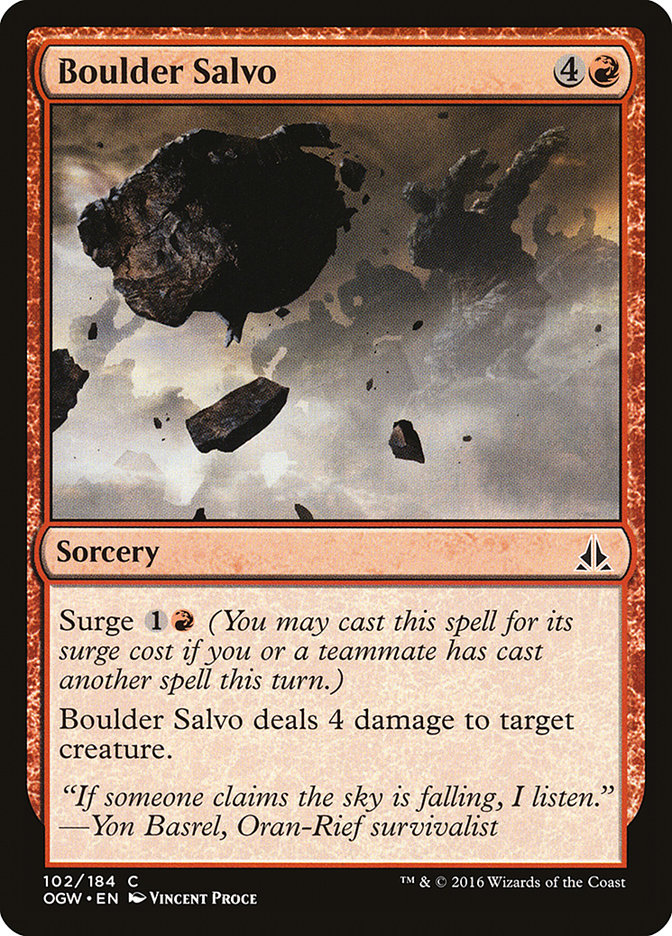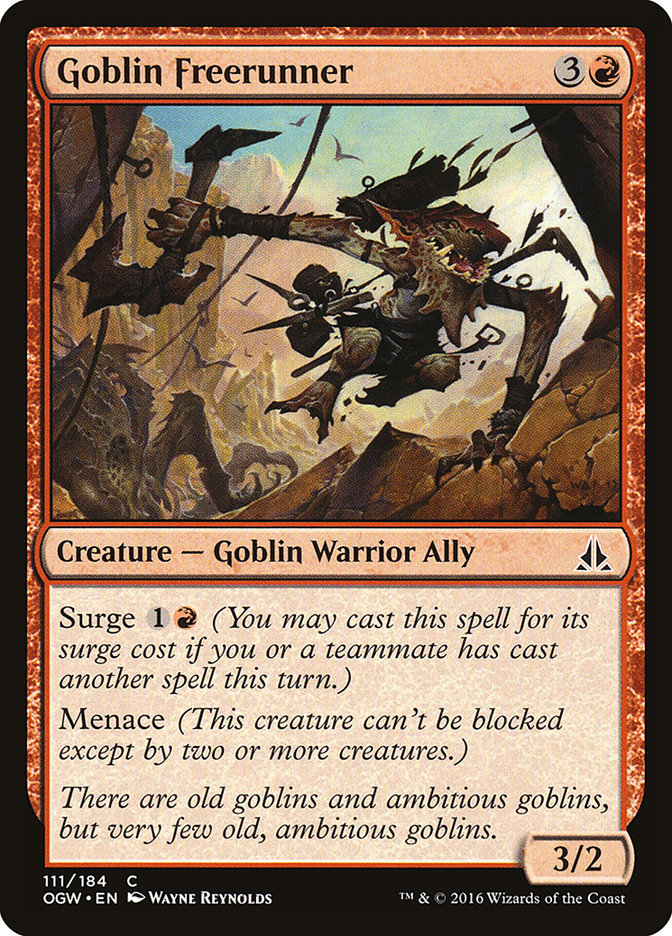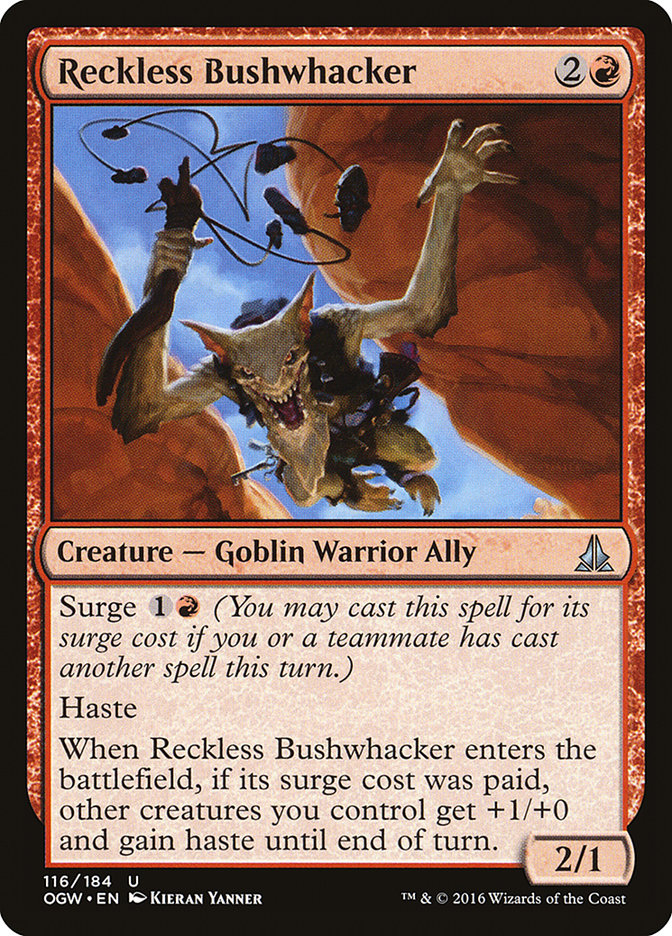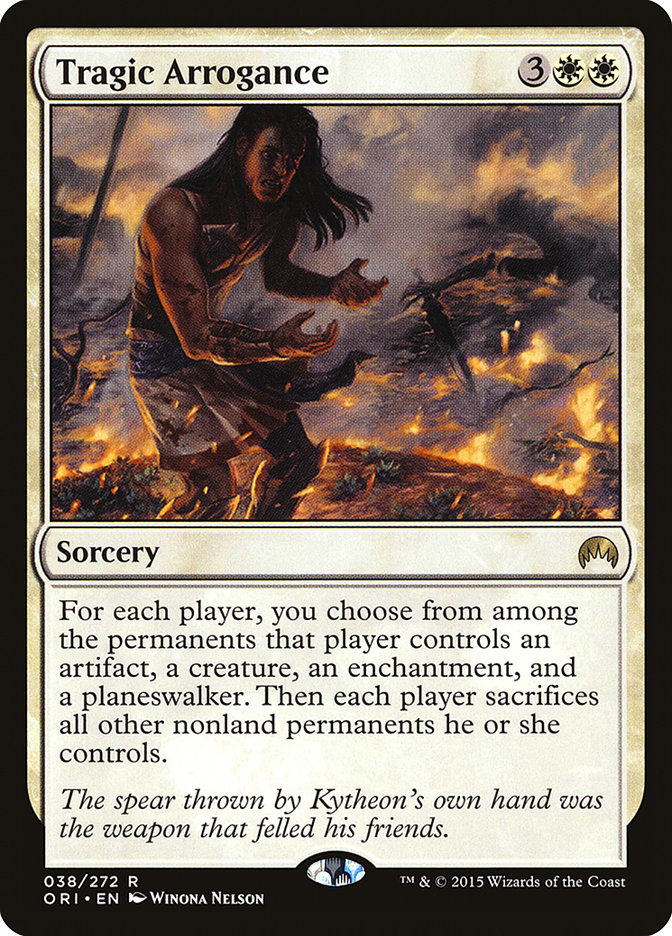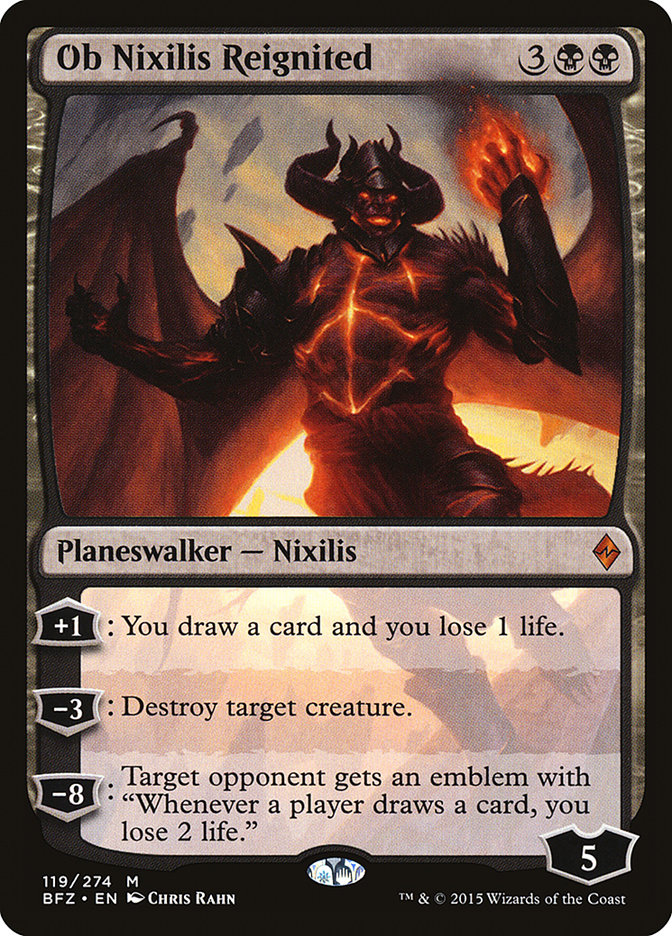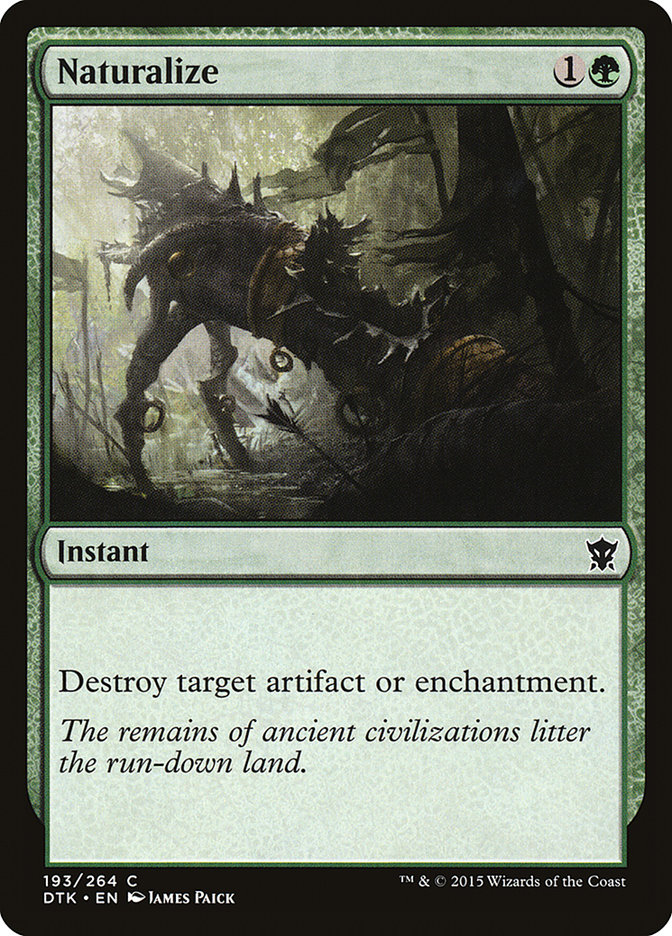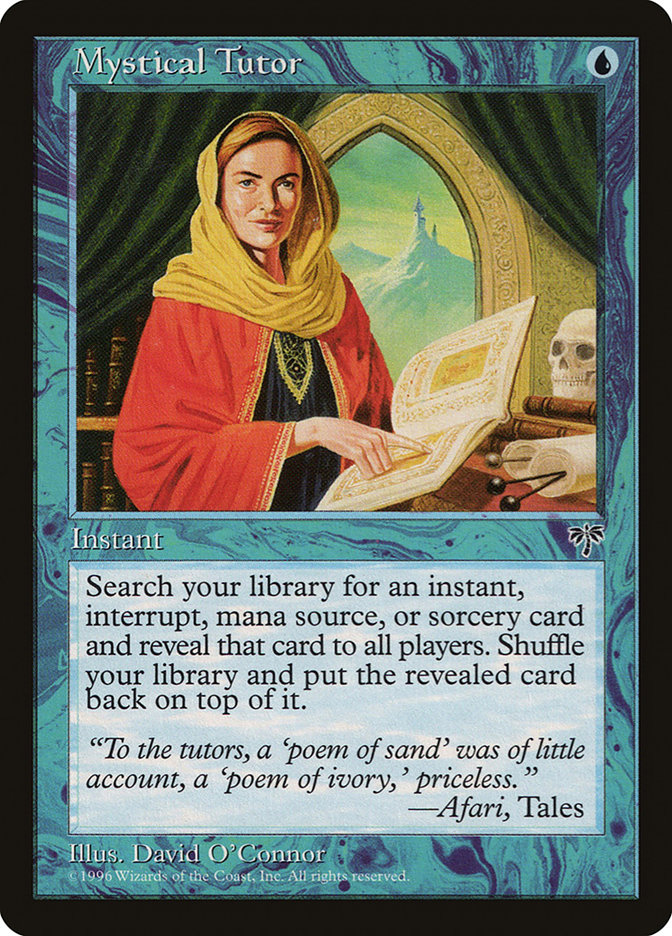Team Sealed has historically been a very skill-defined format. This is not really a surprise when you look at it: it has the most unique and complicated decisions in all of Magic, and it minimizes variance by increasing the number of games per match… or more accurately, matches per match.
The second part is hard to adjust for outside of “play better,” but what about the first? How can you get more prepared for the test of Team Sealed at the upcoming #GPDC?
I’ve had a lot of success in these events, and I might be in a more unique position to speak than most. I’ve played five Team Sealed Grand Prix since they returned in 2012. I have two Top 4s, two 11-3 finishes and a cash, but across four different teams and nine unique teammates. Instead of one functional formula, I’ve been exposed to a lot of different things that worked and have been able to compare and contrast why.
This is my current operations checklist specific to Team Sealed, accumulated over these experiences.
General Team Event Specifics
1. Know the rules.
This is kind of my schtick. At Grand Prix Portland it was joked that Alex Hayne had a devil on one shoulder and an angel on the other with me and Craig Wescoe as teammates, especially since I spent the first five minutes of the event asking questions about how the communication rules work.
The big thing about team events is you can ask your teammates for advice. Slow play rules still apply, but when in doubt just ask. When you finish your match, go help someone else.
If you leave the play area for any reason, you are no longer allowed to communicate with your teammates. You can use the bathroom mid-match if you really have to, but you are flying solo after.
Check with the event staff about what you are physically supposed to do once you are done and watching a teammate. Standing behind your teammate is generally not allowed as it’s too easy to peek over into the opponent’s hand, but often the aisles between tables aren’t big enough for you to pull a chair up behind them. Hope you practiced squat sitting.
Again, slow play rules still apply. Don’t get draws because your opponents can’t make decisions. Call a judge. Even worse, don’t get draws because your team keeps going in circles. Just make a play.
Shuffle decks away from your teammates. If you are in the middle, that means face down riffles. If you flash your deck to the opposing team, they can pass the information down the line the same as you shuffling face up on the table isn’t protected in a one-on-one match. Make sure your opponents do the same, especially when handling your decks. This was a common scum maneuver (aka cheat) in the old Team Constructed Pro Tour Qualifier days that I’ve been wary of ever since.
2. If you are blaming your teammate, 95% of the time you have to blame yourself too.
If your teammate goes 0-9 while the other two of you go 7-2 and you miss Day Two, you are probably all responsible for messing up in deckbuilding. At the end of the event it doesn’t matter if you went 14-0 if your team went 9-5, you still aren’t going to cash the event.
If your teammate punts a game, odds are that you as a group should have had a more open communication setup to help them if they needed it. You can and should be helping each other make decisions.
Team events are team events. You are going to fail and succeed as a group. Literally, not in the motivational sense. Your operations should be as a group.
3. Teammate interactions are critical. You are responsible for keep each other going and delivering information properly.
I’ve told this story before, but it’s worth repeating here.
At Grand Prix San Jose, my team was 7-2 going into Day 2. It was 5-0 or bust with our second Sealed deck, and as we checked our pool it sure looked like we were going to get there. The format was Khans of Tarkir-Fate Reforged, and all six of our Fate Reforged rares were the unbeatable ones you expected from that set. The next five Khans of Tarkir rares were also huge hits, but the sixth… was also a Fate Reforged rare. Craig Wescoe’s immediate job was to de-tilt Chris Fennell as our sure-win pool was replaced due to the mishap, and it worked as we rallied back to a Top 4 finish with a significantly less powerful but still solid pool.
This is the other reason blaming your teammates is a bad idea. The same as the best option when you lose or punt in an individual event is to figure out how not to do it again, the best option in a team event is to do the same for your teammates.
You also need to make sure you can communicate well with each other. This is where a lot of teams fail. They start bickering, decisions are made because someone forces their way through or sometimes just does something out of spite. Things spiral downhill, no one is playing their best, and everything falls apart.
This doesn’t always mean doing things the 100% polite way. Some people respond well to the advice of “stop screwing up” or “why is that even a question.” Sometimes you have to manipulate them slowly into putting the right cards in a deck one change at a time. Just know what works with each person on your team, and know how to back down or change directions when the discussion looks to be stalled.
Now you see why the successful high-power teams are three longtime friends and rarely just the three best players possible, though in some cases the overlap is pretty close.
Worth noting: My best Team Sealed finish is with two of my friends from Michigan, not the times when I teamed with multiple Platinum Pros. In the finals of that event we lost to a team that was three draft buddies from New York. Admittedly everyone at that final table was a good player, but the point I’m making with this anecdote is that if you do things right Team Hometown Heroes can stand up to the best.
Building Decks
1. Watch the clock and know how to handle it.
Normal Sealed Deck building rarely goes to time, but every Team Sealed build has groups scrambling as the clock rolls down to zero. The build process is by far the most difficult part of the event, and it is where a lot of teams get hung up and throw away the event before it even beings.
You need to plan for the process. You are going to want to use the full time available to you, but you also need to be sure to not get penalized for going over or get clocked out with a bunch of unresolved business on the table.
Set approximate deadlines. Start assigning sideboard cards with around ten minutes left. Make sure everyone is actually writing down decklists by the five-minute mark. Realize that once you pass a certain point, spending more than two or three minutes on a specific new shell is going too far down the rabbit hole.
It’s a really good idea to do one actual clocked practice session before starting the event just to get into these habits. Even if your team can’t get together to do it, as long as someone can go through the motions and be the designated clock manager things will run more smoothly the morning of the event.
2. Assigning decks should be simple.
Give each deck to the player who wants it. If two people want the same deck, try to maximize optimally assigning things so that everyone has something they are at least okay with. If no one wants a deck, know in advance who is going to jump on the grenade for the group.
Don’t make this something you fight over. Due to the team help rules, everyone has a chance to interact with every deck. Unless someone is extremely uncomfortable making the decisions associated with a specific deck, it matters less than you think it does.
Worth noting: you can have people register the decks and leave the names blank if you are running low on time and want as much time as possible to make that particular decision.
3. Splitting answers is often important.
First of all, the concept of splitting a color. You have three players and five colors. While you may see the occasional pool that can support a mono-color deck, the odds are that one color is going to be split between two decks. Sometimes you may even split two colors if the format or pool is especially bad for one color.
You can have too many removal spells in a color over twelve packs. Usually this is a black or red issue. Often this is a sign you should split that color between two decks. Leave the removal as flex cards until the shells of the two decks start sorting themselves out, then assign them to optimize their effectiveness.
Example: You have a W/R deck and a G/R deck. The white deck has Isolation Zone and is more aggressive, so it doesn’t need the bigger effect of Stonefury. Meanwhile, the green deck needs a way to kill opposing 5/5s. The green deck is light on two-drops, making Boulder Salvo hard to Surge. The white deck however already has a low curve to optimize Shoulder to Shoulder and would love to spend its turn four or five on a creature plus a Boulder Salvo.
4. Find shells to build your decks around that maximize sets of cards.
There are way too many ways to combine all the cards in a Team Sealed pool to try them all in the build period. When in doubt, look for ways to maximize sets of cards that work well together.
If you have Vampire Envoys and Ondu War Clerics, odds are your B/W deck is going to work out better than just playing these cards in other combinations. If you have multiple Goblin Freerunners and Reckless Bushwhackers, figure out what color has the two-drops to pair with them.
You aren’t making theme decks, but you are making decks where your cards enable each other.
5. Try to find homes for all your best cards.
You open twelve rares in a Team Sealed pool. The odds are good that some of those are going to be game-breaking bombs. In most sets, there will also be a few uncommons at that level.
If you find yourself leaving anything truly insane on the sidelines, it might be worth considering how to get it into one of your decks. This isn’t a normal Sealed Deck format where you have to choose two colors and can’t play that Tragic Arrogance if your other eleven white cards aren’t good. Most of the time, every color is going to show up in at least one of your decks.
If your black deck can’t support Ob Nixilis Reignited because it is just splashing Oblivion Strikes, you might want to shift the color balance in order to support it. Similarly, if your white deck with Felidar Sovereign has multiple other good six-drops, you may want to make a deck where it is more of a uniquely-powerful effect.
This is similar to the shell comment: you have a lot of ways to move cards around. Arrange them to maximize your combined card quality. Sometimes something has to be cut, but you definitely have to look hard enough to be sure before you give up.
6. Plan for Sealed Deck, not Draft.
A lot of the differences between Sealed Deck and Draft have to do with the density of rares and uncommons per player. In Draft there are three packs of rares and uncommons per player. In Sealed there are six packs. Even though Draft gets things a little better distributed to those who want them, you are going to see more higher-rarity cards per game in Sealed. This partly leads to the games dominated by a single card and the looser mana curves associated with Sealed.
In Team Sealed you combine Sealed and Draft. You have twelve packs worth of high-rarity cards and they all get to end up in the deck of the player who wants them the most. As a result, most of the opponents you play against will have decks that approximate good Sealed pools. Ways to interact with high-powered threats are important, as are traditionally “better in Sealed” cards like discard and countermagic. Negate effects are closer to maindeck-worthy than is typical, though it depends a lot on whether the spread of bomb rares in a format leans more towards sweepers or towards creatures.
You will play against aggro decks some of the rounds, but for the most part you need to beat rares and not commons.
7. Sideboards matter.
Fun story from teaming with Cedric Phillips and Tommy Ashton at Grand Prix Detroit: in a practice sealed, they had auto-piloted to putting the unplayables into the on-color sideboards. Tommy ended up with a great G/B midrange deck, but found himself playing against a U/B deck that was way more controlling than him. Afterwards they realized that three Dreadwaters had ended up in Cedric’s U/B sideboard when he already had tons of action against control decks, while Tommy would have happily boarded them in here as a breaker for the long game.
If a card has potential sideboard applications, think about where it should go. Splashing can occur. The seventh terrible two-drop might not matter in one deck, but the slower deck of the same color might need something that can get it lower to the ground.
There’s also some splitting answers here. If you care about something like Citadel Siege, make sure Naturalize and Erase don’t end up in the same sideboard. Negate and Transgress the Mind can create a similar situation. Unless you need a deck to be able to fully transform in a specific matchup, spread the hate.
8. Don’t fall into the “two good, one bad” trap.
There’s a way-too-common “strategy” where you make two insane decks and one bad deck and assume you win every round 2-1.
It doesn’t work. Your unbeatable deck will get beaten sometimes. Bad matchups happen. Mulligans happen. Opposing rares happen.
Unless your pool simply can’t field three playable decks, try to make all of them reasonably able to win a match. One might be worse than the others, but it should still be functional.
In Game
1. There is a time and place for advice.
If you need advice, ask for it. If you can’t give advice when asked due to being in a tough spot you need to figure out, let your teammate know.
Almost as important as knowing when to talk is knowing when not to. There are times where it is clear that all that matters is whether a trick is or isn’t there. In those times, regardless of what is going on, it is often best to not say anything. At most, lean over and whisper. If you want to get real tricky you can use this as a bluff, but more often than not it comes across as fake when you are acting. Some of my most impressive Team Sealed memories are of matches where it was clear that the right play was to let the opposing team try to figure it all out while my entire team said nothing as our line was super obvious.
Be aware that you might be missing context. Maybe they left up double white at an odd point turns earlier and your teammate knows they might have Celestial Flare. Or they saw a Fog during a game that you were busy playing during. If you are wondering, ask and don’t just tell.
Again, watch the clock. You can’t just throw time away if it looks like things are bogging down late in the last match because draws really suck. Make your advice as succinct as possible.
2. Team Positioning.
It’s super minor, but everyone always loves to discuss team seating before the event because it’s the only thing to discuss.
There are three setups I’ve liked:
- Put the best player in the middle if they are able to play and puppet master at the same time.
- Put the player most likely to ask for advice in the middle so they are more likely to have someone not busy next to them.
- Don’t care, choose a random order.
Team Sealed is one of the hardest event formats there is, but it’s also one of the most fun. There’s a lot of unique experiences that happen in Team Sealed, like sweating the results of matches you aren’t playing it… but it’s really just about playing a great game with good people. Regardless of how the other formats look, a Team Sealed Grand Prix is by far the most exciting event that can show up on my schedule.
What’s the worst-case scenario at #GPDC? You have two friends to commiserate with in a cool city after a long day of good Magic? Sounds almost like a best-case scenario to me.


